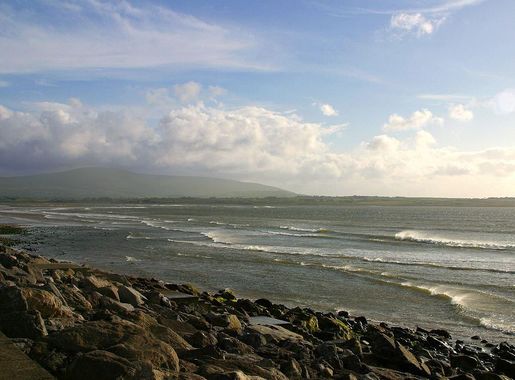
Sligo: The Heart of Yeats Country
Discover Sligo, Ireland's hidden gem, where stunning landscapes, rich history, and vibrant arts converge in a town that inspired the great poet W.B. Yeats.
Sligo, nestled in the northwestern part of Ireland, is a small yet vibrant town with a rich cultural heritage. Known as the 'Land of Heart's Desire' by the famous poet W.B. Yeats, Sligo offers a blend of stunning landscapes, historical sites, and a lively arts scene. From the majestic Benbulben Mountain to the serene shores of Lough Gill, the natural beauty of Sligo is truly captivating. Explore the ancient megalithic tombs at Carrowmore, some of the oldest in Europe, and discover the town's deep-rooted history. Sligo Abbey, a Dominican Friary founded in the 13th century, provides a glimpse into the medieval past with its well-preserved cloisters and carvings. For literature lovers, the Yeats Society Sligo offers insights into the life and works of W.B. Yeats, whose poetry was deeply inspired by the region. Sligo is also a haven for outdoor enthusiasts. Whether it's surfing on the Atlantic waves at Strandhill, hiking the trails of Knocknarea Mountain, or kayaking on the Garavogue River, there's no shortage of activities to enjoy. The town itself boasts a charming atmosphere with its cozy pubs, traditional music sessions, and friendly locals, making it a perfect destination for an authentic Irish experience.
Local tips in Sligo
- Visit the Sligo Farmers Market on Saturdays for fresh local produce and artisan goods.
- Pack waterproof clothing as the weather can be unpredictable, even in summer.
- Take a guided tour of the Yeats Trail to fully appreciate the poet’s connection to the region.
- Rent a car to explore the surrounding countryside and coastal areas at your own pace.
- Try the local seafood, especially the mussels and oysters, which are a specialty in Sligo.
Sligo: The Heart of Yeats Country
Sligo, nestled in the northwestern part of Ireland, is a small yet vibrant town with a rich cultural heritage. Known as the 'Land of Heart's Desire' by the famous poet W.B. Yeats, Sligo offers a blend of stunning landscapes, historical sites, and a lively arts scene. From the majestic Benbulben Mountain to the serene shores of Lough Gill, the natural beauty of Sligo is truly captivating. Explore the ancient megalithic tombs at Carrowmore, some of the oldest in Europe, and discover the town's deep-rooted history. Sligo Abbey, a Dominican Friary founded in the 13th century, provides a glimpse into the medieval past with its well-preserved cloisters and carvings. For literature lovers, the Yeats Society Sligo offers insights into the life and works of W.B. Yeats, whose poetry was deeply inspired by the region. Sligo is also a haven for outdoor enthusiasts. Whether it's surfing on the Atlantic waves at Strandhill, hiking the trails of Knocknarea Mountain, or kayaking on the Garavogue River, there's no shortage of activities to enjoy. The town itself boasts a charming atmosphere with its cozy pubs, traditional music sessions, and friendly locals, making it a perfect destination for an authentic Irish experience.
When is the best time to go to Sligo?
Iconic landmarks you can’t miss
Glencar Waterfall
Explore the enchanting Glencar Waterfall, a breathtaking natural attraction in County Leitrim, Ireland, surrounded by lush landscapes and scenic trails.
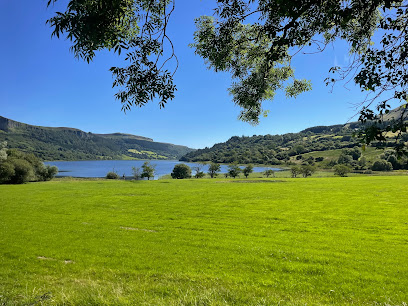
The Glasshouse Hotel
Experience luxury and comfort at The Glasshouse Hotel in Sligo, where modern amenities meet breathtaking views and traditional Irish hospitality.

Swagman Bar
Discover the heart of Irish hospitality at Swagman Bar in Sligo, where authentic cuisine and vibrant culture come together in a lively pub atmosphere.
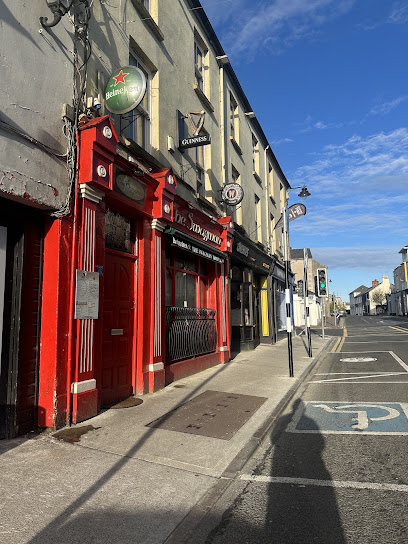
Rosses Point Beach
Explore the stunning Rosses Point Beach in Co. Sligo, Ireland – a perfect blend of tranquility, adventure, and breathtaking coastal views.
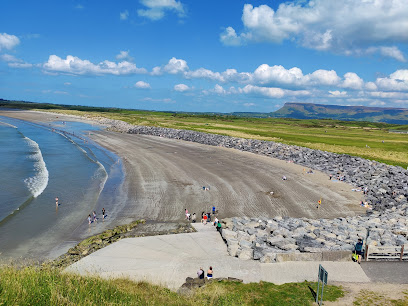
Carrowmore Megalithic Cemetery
Discover the ancient burial grounds of Carrowmore Megalithic Cemetery in Sligo, a UNESCO World Heritage site rich in history and archaeological significance.
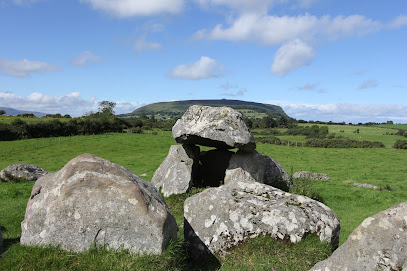
Sligo Abbey
Explore Sligo Abbey, a historical landmark showcasing Ireland's rich monastic heritage with stunning architecture and serene gardens.
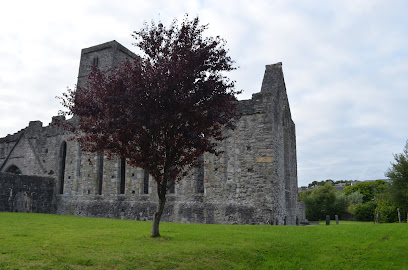
Hargadon Bros
Experience authentic Irish hospitality at Hargadon Bros, a charming gastropub in Sligo, known for its hearty meals and vibrant atmosphere.

Eala Bhan
Experience the finest seafood and steak dishes at Eala Bhan, a top dining destination in Sligo, Ireland, perfect for families and food lovers.
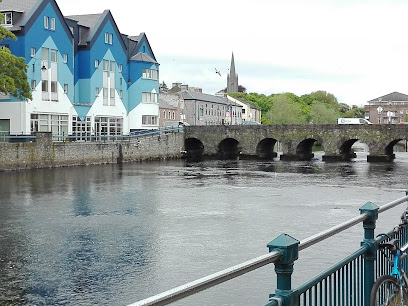
Jalan Jalan
Experience the exquisite fusion of Malaysian and Asian flavors at Jalan Jalan, a culinary gem in the heart of Sligo, Ireland.
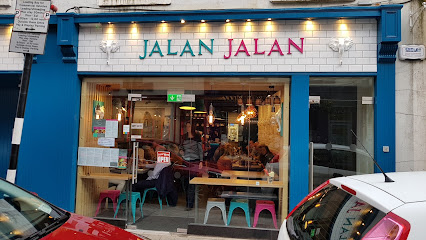
Parke's Castle
Explore the rich history and stunning scenery at Parke's Castle, a must-visit historical gem in County Leitrim, Ireland.
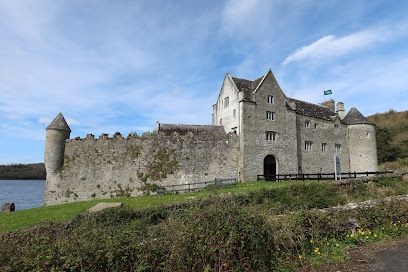
Gleniff Horseshoe
Explore the stunning landscapes of Gleniff Horseshoe, a captivating nature preserve in County Sligo, Ireland, perfect for hikers and nature lovers.
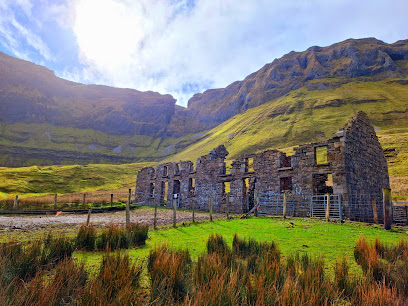
The Garavogue Bar
Experience vibrant nightlife at The Garavogue Bar in Sligo, where craft cocktails meet live music in a lively and welcoming atmosphere.
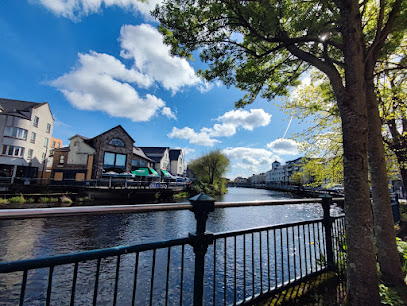
Rugantino
Experience authentic Italian cuisine at Rugantino, Sligo's premier Italian restaurant, where every meal is a culinary journey through Italy.
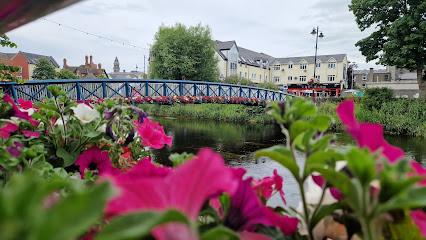
Queen Maeve's Cairn
Experience the historical grandeur of Queen Maeve's Cairn on Knocknarea Mountain, a breathtaking site steeped in Irish mythology and stunning natural beauty.
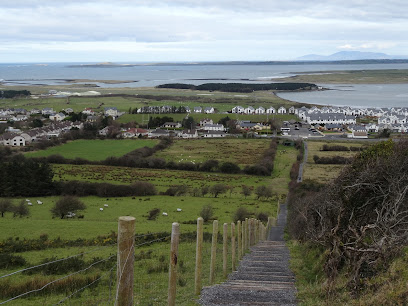
Drumcliffe Church & W. B Yeat's Grave
Visit Drumcliffe Church and W.B. Yeats' Grave for a unique blend of history, architecture, and breathtaking Sligo landscapes.
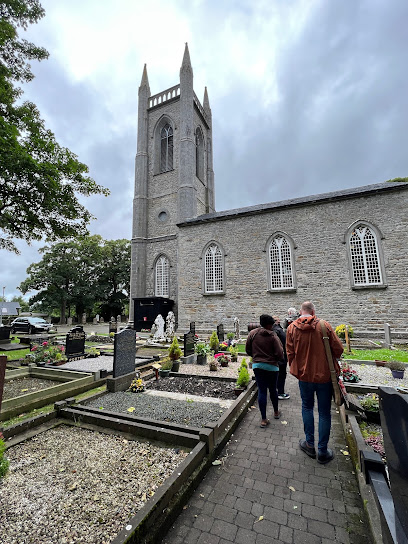
Unmissable attractions to see
Donegal Castle
Explore the captivating history and stunning architecture of Donegal Castle, a must-visit tourist attraction in the heart of Ireland.
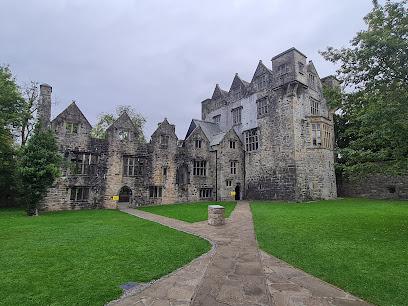
Strandhill Beach
Discover the breathtaking beauty of Strandhill Beach in Sligo, a perfect blend of adventure, relaxation, and local charm on Ireland's stunning coastline.
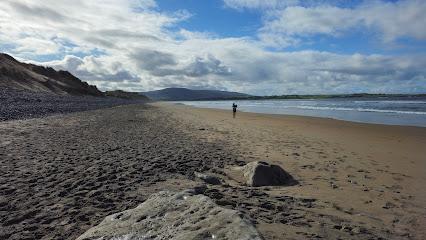
Rosses Point Beach
Explore the breathtaking beauty of Rosses Point Beach, a coastal paradise in County Sligo, perfect for relaxation, adventure, and stunning sunsets.
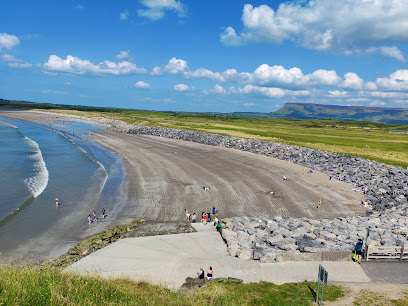
Silver Strand
Experience the breathtaking beauty of Silver Strand in Glencolumbkille, Co. Donegal - a pristine beach surrounded by stunning cliffs and scenic landscapes.
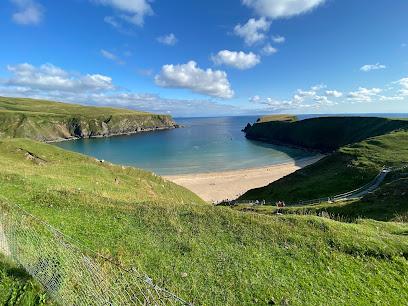
Carrowmore Megalithic Cemetery
Explore the ancient wonders of Carrowmore Megalithic Cemetery, a historical gem in County Sligo, Ireland, revealing secrets of our ancestors.
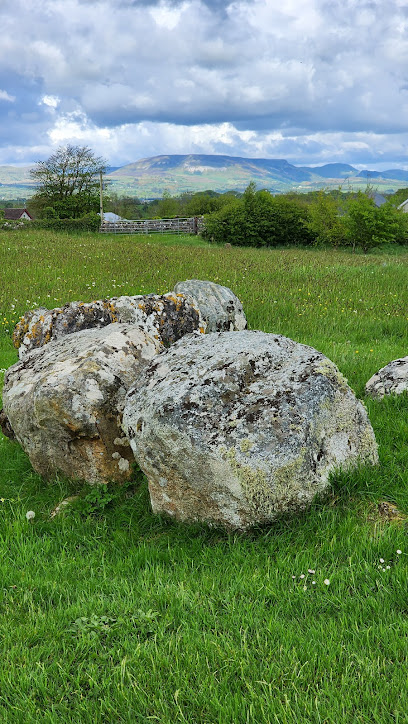
Bundoran Beach
Experience the breathtaking beauty and adventure of Bundoran Beach in Co. Donegal, a true gem of Ireland's coastline.
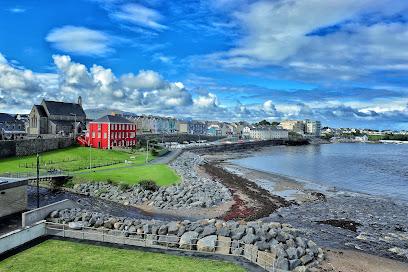
Gleniff Horseshoe
Experience the breathtaking beauty of Gleniff Horseshoe, a natural wonder in County Sligo, Ireland, with stunning landscapes and rich historical charm.

Keshcorran Caves
Explore the mystical Keshcorran Caves in County Sligo, Ireland, where ancient history meets breathtaking natural beauty.
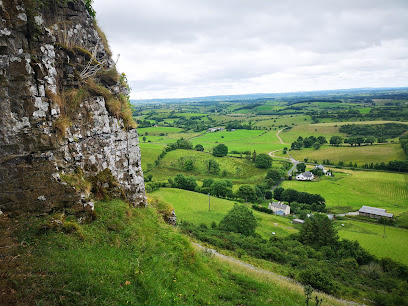
Sliabh Liag Cliff Experience & Visitor Centre
Explore the breathtaking Sliabh Liag Cliffs at the Visitor Centre in Co. Donegal, where nature, culture, and adventure blend seamlessly.
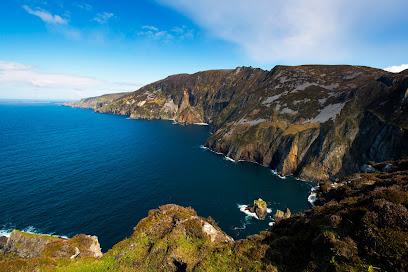
Hazelwood Forest
Explore the serene beauty of Hazelwood Forest, where nature meets tranquility in the heart of Sligo, Ireland.
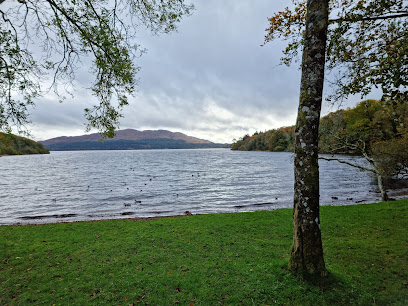
Dunmoran Strand
Experience the serene beauty of Dunmoran Strand in Co. Sligo, a perfect destination for beach lovers and nature enthusiasts seeking tranquility.
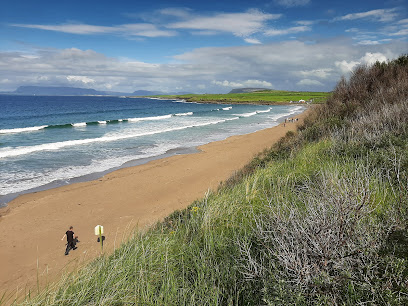
Belleek Woods
Explore the enchanting Belleek Woods in Ballina, Co. Mayo, where lush trails and fairy tales come to life amidst breathtaking natural beauty.
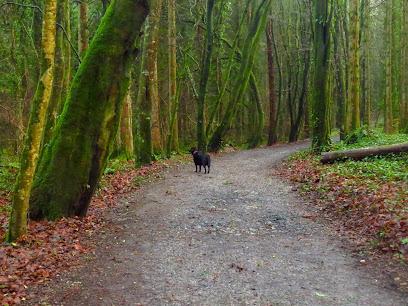
Fintra Beach
Discover the stunning beauty of Fintra Beach in Donegal, where golden sands meet serene waters amidst breathtaking coastal scenery.
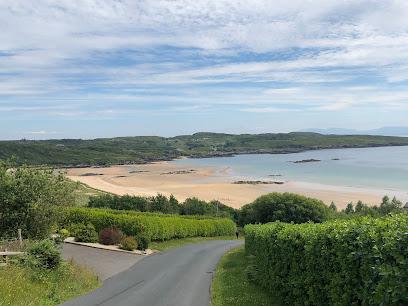
Castle Classiebawn Viewpoint
Discover the stunning vistas of Castle Classiebawn Viewpoint in Co. Sligo, a must-visit destination for breathtaking coastal views and historical charm.
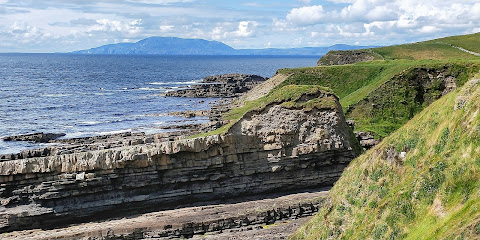
St John's Point Beach
Experience the breathtaking beauty of St John's Point Beach in County Donegal, a serene escape along Ireland's stunning Wild Atlantic Way.
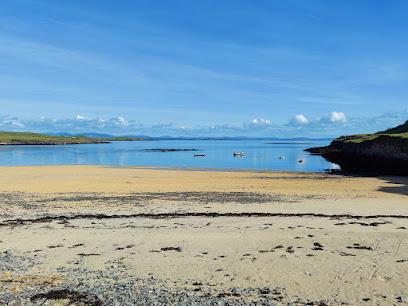
Essential places to dine
Hooked
Experience the best of Irish cuisine at Hooked in Sligo – where fresh seafood meets warm hospitality.
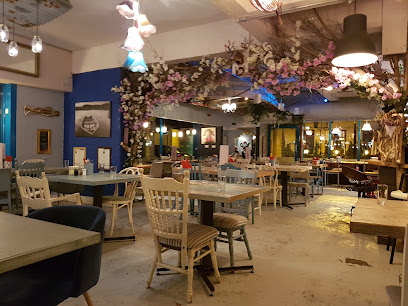
Swagman Bar
Discover the charm of Ireland at Swagman Bar - where great food meets lively entertainment in Sligo's heart.
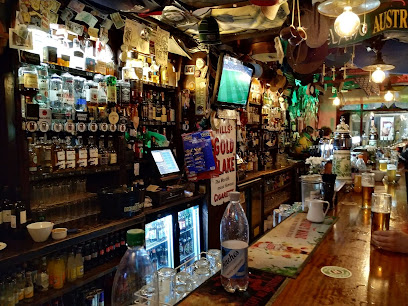
Molly Fulton's Bar
Experience authentic Irish hospitality at Molly Fulton's Bar in Co. Sligo – where great food meets local charm.
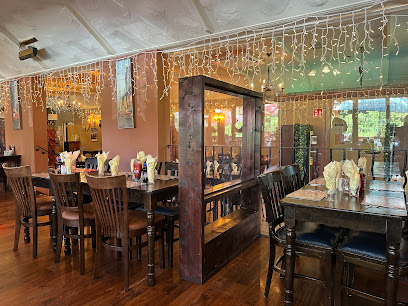
Hargadon Bros
Discover Hargadon Bros: A beloved Irish pub in Sligo offering delicious cuisine and a welcoming atmosphere that embodies the spirit of Ireland.
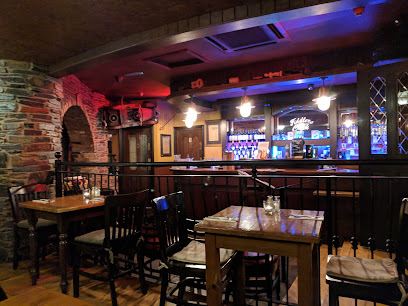
Fiddlers Creek Restaurant & Bar
Experience delightful grilled dishes at Fiddlers Creek Restaurant & Bar in Sligo – where local flavors meet exceptional service.
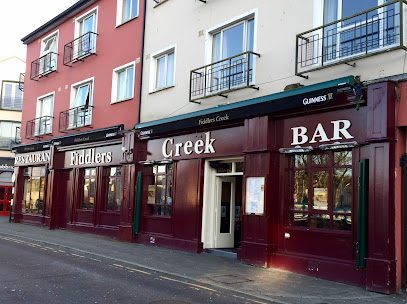
Eala Bhan
Discover the exquisite flavors of Ireland at Eala Bhan - where seafood meets fine dining in the heart of Sligo.
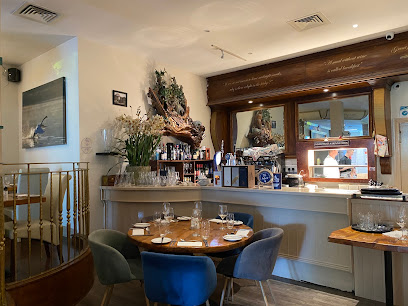
Jalan Jalan
Experience the rich tapestry of flavors at Jalan Jalan, Sligo's premier Asian Fusion restaurant specializing in authentic Malaysian cuisine.
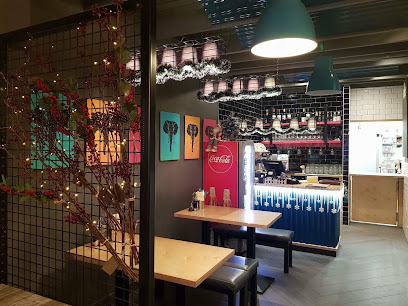
Rugantino
Discover authentic Italian flavors at Rugantino in Sligo – where every meal is a celebration of culinary tradition.
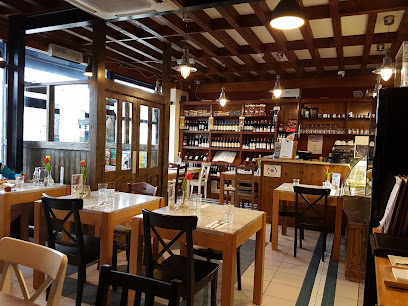
The Driftwood
Discover The Driftwood: A charming Irish restaurant and hotel with stunning coastal views in Rosses Point, County Sligo.
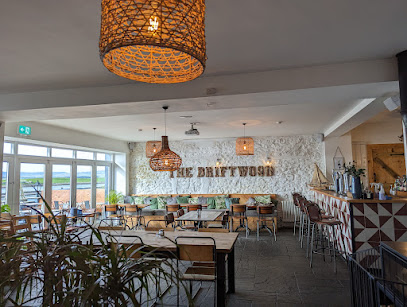
Coach Lane Restaurant @ Donaghy's Bar
Discover unique flavors at Coach Lane Restaurant @ Donaghy's Bar in Sligo - where eclectic cuisine meets warm hospitality.
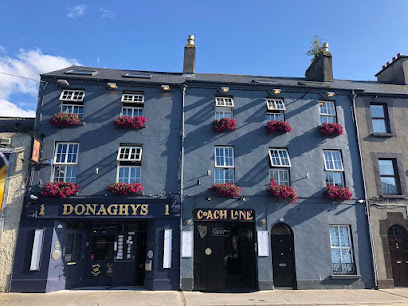
Bistro Bianconi
Experience authentic Italian cuisine at Bistro Bianconi in Sligo - where flavors meet tradition in an inviting setting.
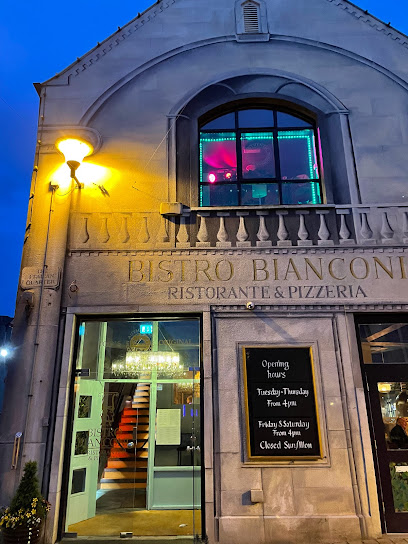
Lyons Café and Bakeshop
Experience the warmth of Lyons Café and Bakeshop in Sligo – where delicious food meets artisanal coffee in a cozy atmosphere.
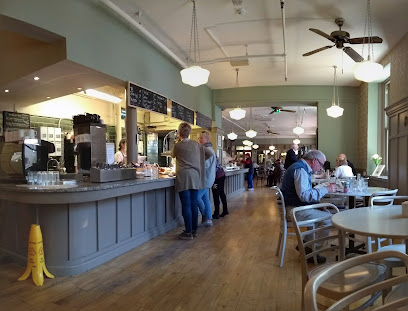
Flipside
Experience gourmet burgers and modern European cuisine at Flipside, Sligo's culinary hotspot blending local flavors with creative flair.
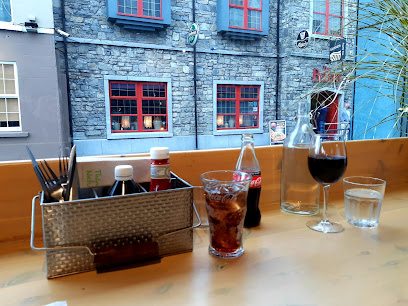
Andersons Grill & Bar
Discover the vibrant flavors at Andersons Grill & Bar in Sligo - where gastropub meets local charm.
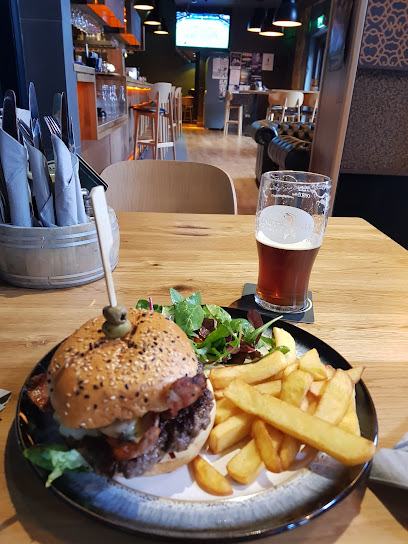
The Belfry Bar
Experience the heart of Sligo at The Belfry Bar - where traditional charm meets modern gastropub flair.
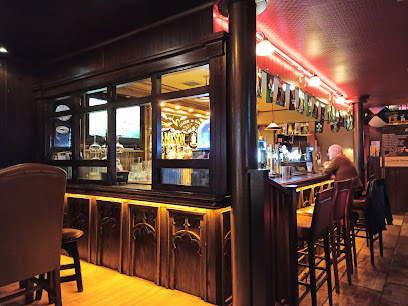
Markets, malls and hidden boutiques
Penneys
Discover budget-friendly fashion and stylish finds at Penneys in Sligo, where shopping meets affordability in a vibrant atmosphere.
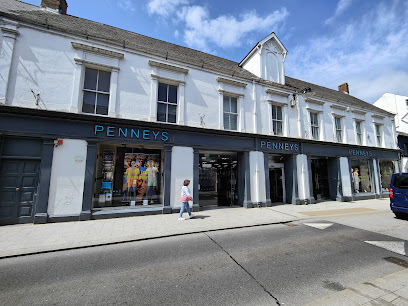
MrPRICE Sligo
Discover unbeatable deals and a wide selection of products at MrPRICE Sligo, the ultimate discount store for savvy shoppers.
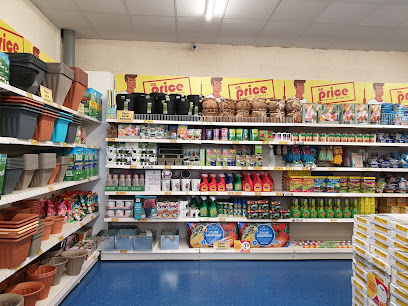
Dunnes Stores
Discover Dunnes Stores in Sligo: Your ultimate destination for fashion and home essentials, blending quality with affordability.
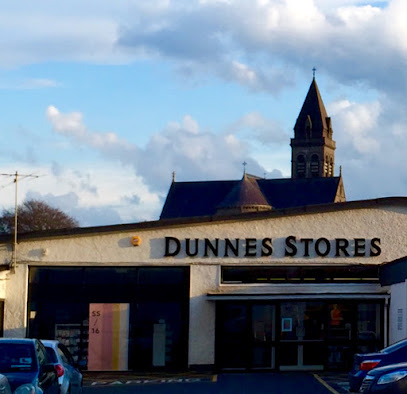
Quayside Shopping Centre
Explore the vibrant Quayside Shopping Centre in Sligo, Ireland, for a unique shopping experience filled with fashion, food, and fun.

Dealz
Explore Dealz in Sligo for unbeatable prices on clothing, snacks, and household essentials, making shopping a breeze for every tourist.
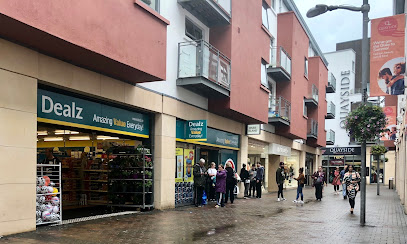
Tesco Superstore
Discover the convenience of Tesco Superstore in Sligo, your one-stop shop for groceries, essentials, and local products during your travels.

Sligo Retail Park
Experience shopping like never before at Sligo Retail Park, where variety and convenience meet in the heart of Co. Sligo.
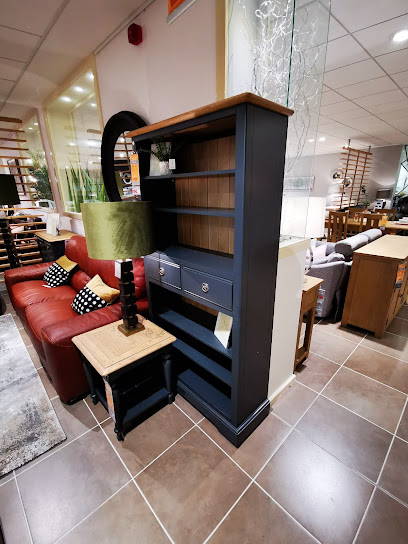
The Cat and The Moon
Discover the charm of Irish craftsmanship at The Cat and The Moon, where unique gifts and artisan treasures await in Sligo.
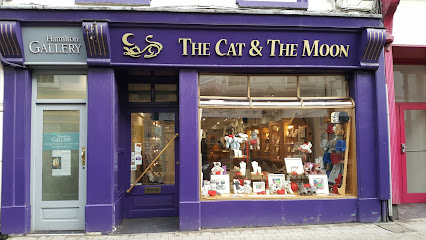
Mountain Warehouse Sligo
Discover top-notch outdoor clothing and gear at Mountain Warehouse Sligo, your go-to store for adventure essentials in the heart of Ireland.

Mullaney Brothers
Discover unique clothing and local travel insights at Mullaney Brothers in Sligo, your go-to destination for shopping and exploration.
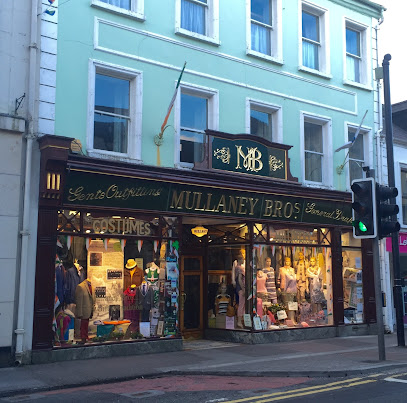
MACE Holborn St, Sligo
Discover the charm of MACE Holborn St, a local grocery store in Sligo offering fresh produce and authentic Irish flavors.
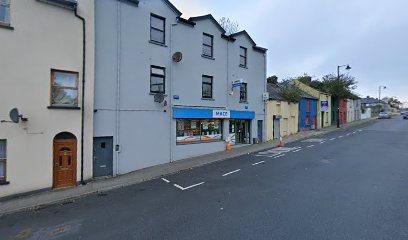
Inco Boutique
Explore Inco Boutique in Sligo for a unique selection of women's fashion, where contemporary style meets quality craftsmanship.
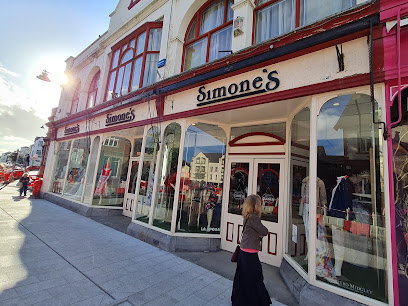
Serious Business
Explore Serious Business in Sligo: A vibrant hobby store offering unique supplies and a creative community atmosphere.
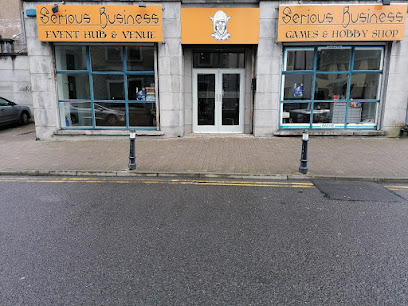
Henry Lyons Co. Ltd.
Explore Henry Lyons Co. Ltd. in Sligo for a diverse selection of stylish clothing and footwear, blending quality with local charm.
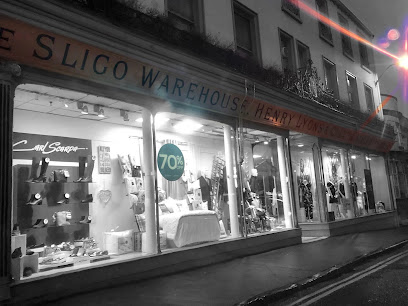
Angel & Gift World Ltd
Explore a treasure trove of unique gifts and local crafts at Angel & Gift World Ltd, the perfect stop for souvenirs in Sligo, Ireland.
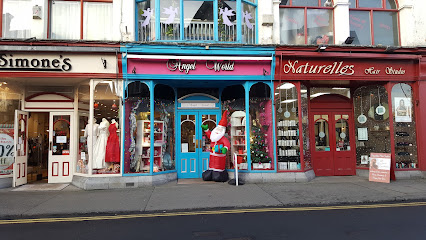
Essential bars & hidden hideouts
Swagman Bar
Experience the warmth of Irish hospitality at Swagman Bar, where great food, drinks, and live music come together in the heart of Sligo.
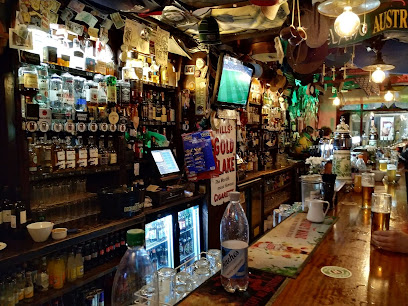
Thomas Connolly Bar
Discover the essence of Irish culture at Thomas Connolly Bar, a heritage pub in Sligo offering local brews, hearty food, and live music.
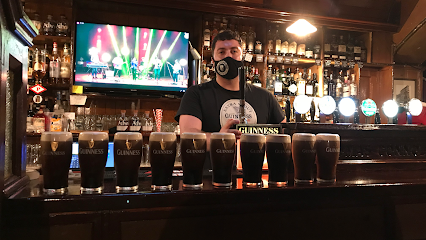
Fiddlers Creek Restaurant & Bar
Experience the best of Irish cuisine at Fiddlers Creek Restaurant & Bar, where warmth and flavor meet in the heart of Sligo.
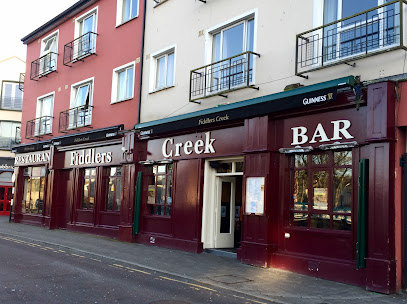
The Garavogue Bar
Experience the lively nightlife of Sligo at The Garavogue Bar, your go-to destination for cocktails and live music entertainment.
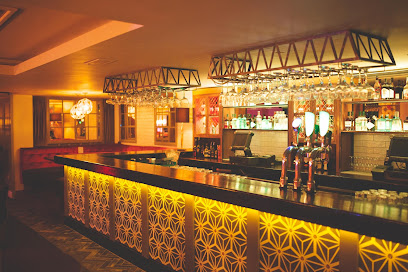
Andersons Grill & Bar
Experience the best of Irish cuisine and hospitality at Andersons Grill & Bar, a must-visit gastropub in Sligo.
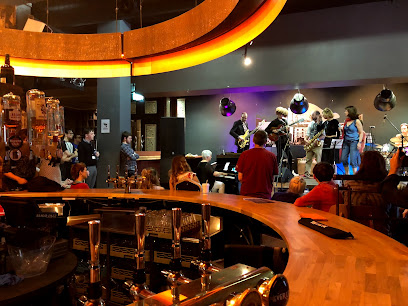
The Belfry Bar
Discover the best of Irish gastropub culture at The Belfry Bar in Sligo, where tradition meets modernity in a cozy atmosphere.
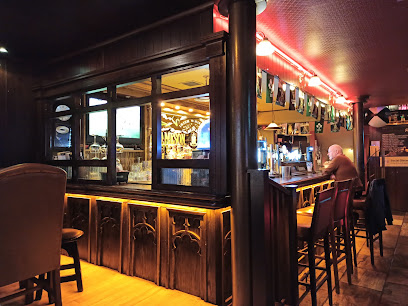
Lillie's Cocktail Bar Sligo
Discover the vibrant Lillie's Cocktail Bar in Sligo, where exquisite cocktails meet live music in a cozy Irish pub atmosphere.
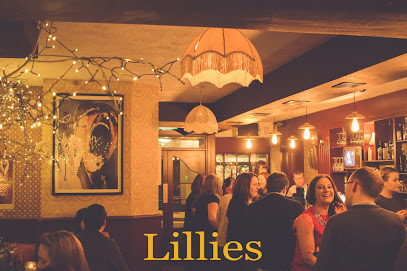
Maeves Bar
Discover Maeve's Bar in Sligo, a lively cocktail bar offering a unique menu and vibrant atmosphere perfect for socializing and relaxation.
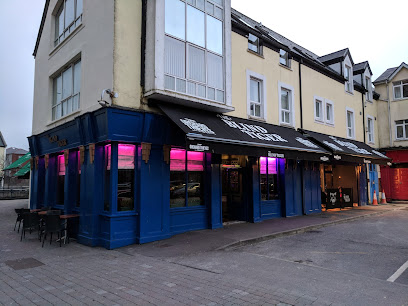
Shoot the Crows
Discover the authentic Irish experience at 'Shoot the Crows', a charming pub in Sligo offering great food, drinks, and live music.
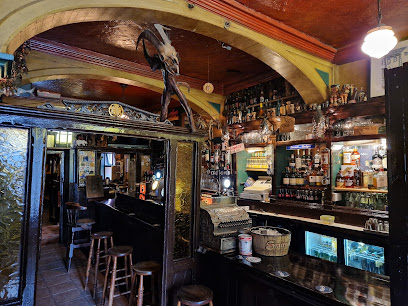
The Harp Tavern
Discover the vibrant flavors of Sligo at The Harp Tavern, where traditional Irish cuisine meets modern gastropub charm.
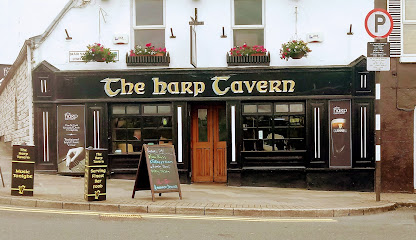
Foley's Bar
Discover Foley's Bar in Sligo, where authentic Irish charm meets a lively atmosphere, perfect for unwinding with friends and enjoying local brews.

The Snug Bar
Discover the warmth of Irish pub culture at The Snug Bar, where cozy ambiance meets delicious food and drinks in Sligo.

The Railway Bar & Lincoln's Sligo
Experience authentic Irish flavors at The Railway Bar & Lincoln's Sligo, a premier grill and restaurant in the heart of Sligo.
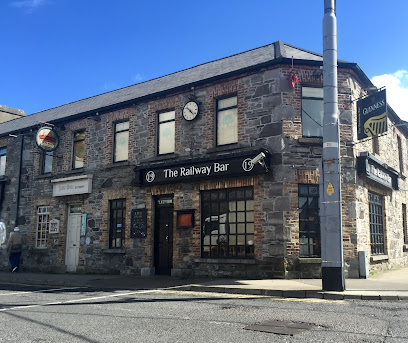
Bourbon Bar
Experience the vibrant nightlife at Bourbon Bar in Sligo, where expertly crafted cocktails meet a welcoming atmosphere.
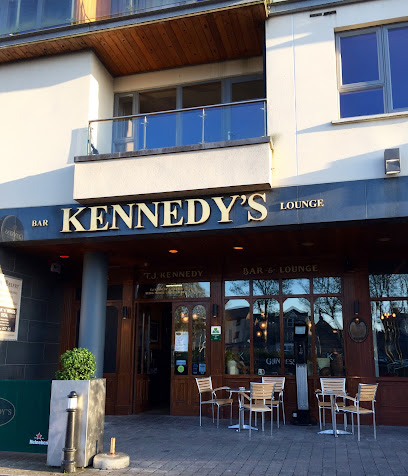
Gracie's Bar Sligo
Discover the heart of Sligo at Gracie's Bar, a traditional Irish pub offering warm hospitality, live music, and delicious local brews.
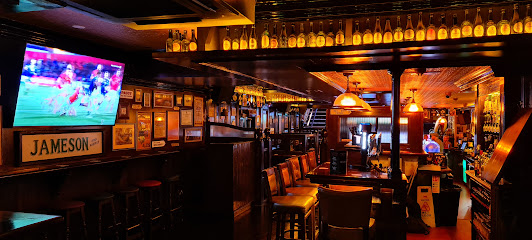
Local Phrases
-
- HelloDia dhuit
[Dee-ah gwit] - GoodbyeSlán
[Slawn] - YesTá
[Taw] - NoNíl
[Neel] - Please/You're welcomeLe do thoil
[Leh duh hull] - Thank youGo raibh maith agat
[Guh row mah ag-ut] - Excuse me/SorryFáilte
[Fawl-cheh] - How are you?Conas atá tú?
[Kun-us ah-taw too?] - Fine. And you?Tá mé go maith. Agus tú?
[Taw may guh mah. Ah-gus too?] - Do you speak English?An labhraíonn tú Béarla?
[On low-reen too bayr-lah?] - I don't understandNí thuigim
[Nee hug-im]
- HelloDia dhuit
-
- I'd like to see the menu, pleaseBa mhaith liom an menu a fheiceáil, le do thoil
[Bah why lum on menu a ek-ah-leh, leh duh hull] - I don't eat meatNí ithim feoil
[Nee ih-him foh-il] - Cheers!Sláinte!
[Slahn-cheh!] - I would like to pay, pleaseBa mhaith liom íoc, le do thoil
[Bah why lum eek, leh duh hull]
- I'd like to see the menu, pleaseBa mhaith liom an menu a fheiceáil, le do thoil
-
- Help!Cabhair!
[Kow-er!] - Go away!Imigh uaim!
[Ee-mee uhm!] - Call the Police!Glan an Gharda!
[Glaw-n on Gahr-dah!] - Call a doctor!Glan dochtúir!
[Glaw-n dohk-too-er!] - I'm lostTá mé caillte
[Taw may coil-teh] - I'm illTá mé tinn
[Taw may chin]
- Help!Cabhair!
-
- I'd like to buy...Ba mhaith liom ceannach...
[Bah why lum kyen-ukh...] - I'm just lookingNíl ach ag faireamh
[Neel okh eg fah-rev] - How much is it?Cé mhéad atá air?
[Kay vayd ah-taw air?] - That's too expensiveTá sé sin ró-dháiríre
[Taw shay shin roh-gaw-ree-reh] - Can you lower the price?An féidir leat an praghas a ísliú?
[On fay-jir lat on prug-hus ah eesh-loo?]
- I'd like to buy...Ba mhaith liom ceannach...
-
- What time is it?Cén t-am é?
[Kayn tahm ay?] - It's one o'clockTá sé a haon a chlog
[Taw shay ah hayn ah khlog] - Half past (10)Leathuair tar éis (10)
[Lah-hoor tah-ir aysh (10)] - MorningMaidin
[Mah-din] - AfternoonTráthnóna
[Traw-noh-nah] - EveningTráthúil
[Traw-hool] - YesterdayInné
[In-ay] - TodayInniu
[In-yoo] - TomorrowAmárach
[Ah-maw-rakh] - 1A haon
[Ah hayn] - 2A dó
[Ah doh] - 3A trí
[Ah tree] - 4A ceathair
[Ah kah-her] - 5A cúig
[Ah koo-ig] - 6A sé
[Ah shay] - 7A seacht
[Ah shakht] - 8A hocht
[Ah hukht] - 9A naoi
[Ah nee] - 10A deich
[Ah deh]
- What time is it?Cén t-am é?
-
- Where's a/the...?Cá bhfuil a/an...?
[Kaw will ah/ahn...?] - What's the address?Cad é an seoladh?
[Kahd ay on shoh-lah?] - Can you show me (on the map)?An féidir leat (ar an léarscáil) a thaispeáint dom?
[On fay-jir lat (er on lay-ars-kawl) a hah-shpaynt dum?] - When's the next (bus)?Cathain atá an chéad ceann eile (bus)?
[Kah-hin ah-taw on khayd kyen el-eh (bus)?] - A ticket (to ....)Ticéad (go dtí ....)
[Tick-ayd (guh dee ....)]
- Where's a/the...?Cá bhfuil a/an...?
History of Sligo
-
Sligo's history is steeped in myth and legend, often associated with the ancient Tuatha Dé Danann, a mythical race said to have inhabited Ireland. The region is also linked to Queen Maeve, the legendary warrior queen of Connacht, who is believed to have been buried in a cairn on Knocknarea Mountain.
-
Christianity made its way to Sligo in the 5th century, largely due to the missionary efforts of Saint Patrick. The establishment of early monasteries, such as Drumcliff Monastery founded by Saint Columba, played a crucial role in the religious and cultural development of the area.
-
The Norman invasion of Ireland in the late 12th century brought significant changes to Sligo. Maurice Fitzgerald built the first stone castle in Sligo town in 1245, marking the beginning of the Norman influence. The town of Sligo grew around this fortification and became a strategic point in the region.
-
The Great Famine of the mid-19th century had a devastating impact on Sligo, leading to widespread hunger, disease, and emigration. The town's population plummeted as many fled to America and other countries. This period deeply influenced the social and economic landscape of Sligo.
-
The poet W.B. Yeats, who spent much of his childhood in Sligo, immortalized the area in his poetry. Sligo's landscapes and folklore deeply influenced his work, contributing to the Irish Literary Revival. Today, the town celebrates his legacy with the annual Yeats Summer School and various literary landmarks.
-
During the Irish War of Independence (1919-1921), Sligo was an active area for the Irish Republican Army (IRA). Several key battles and ambushes took place in the region, contributing to the broader struggle for Irish independence from British rule.
-
In recent decades, Sligo has transformed into a vibrant cultural and tourist hub. The town boasts a rich array of festivals, arts, and music events, alongside its natural beauty and historical sites. Key attractions include the Sligo Abbey, the Model Arts Centre, and the stunning landscapes of Benbulben and the Wild Atlantic Way.
Sligo Essentials
-
Sligo is located in the northwest of Ireland. The nearest international airport is Ireland West Airport Knock, approximately 54 kilometers away. From the airport, you can take a bus or taxi to Sligo, which typically takes around 45 minutes by road. Alternatively, you can fly into Dublin Airport and take a direct train or bus to Sligo. The train journey from Dublin to Sligo takes about 3 hours and offers scenic views of the Irish countryside.
-
Sligo is a relatively small town, and many of its attractions are within walking distance. For longer trips, local buses operated by Bus Éireann provide transportation within the town and to surrounding areas. Taxis are also readily available and can be hailed on the street or booked in advance. Renting a car is a convenient option for exploring the wider region at your own pace. There are also bicycle rental services if you prefer to explore on two wheels.
-
The official currency in Ireland is the Euro (EUR). Credit and debit cards are widely accepted in hotels, restaurants, and shops. However, it is advisable to carry some cash for smaller establishments or rural areas where card facilities may not be available. ATMs are plentiful in Sligo, and most accept international cards. Contactless payment is also widely used in Ireland.
-
Sligo is generally a safe destination for tourists. Standard precautions should be taken, such as avoiding walking alone at night in unfamiliar areas and keeping an eye on your belongings in crowded places. While Sligo has a low crime rate, it is advisable to stay vigilant. Areas such as the town center and popular tourist spots are usually safe, but always be cautious and aware of your surroundings.
-
In case of emergency, dial 112 or 999 for immediate assistance. Sligo has a general hospital (Sligo University Hospital) that provides emergency medical services. It is recommended to have travel insurance that covers medical emergencies. For minor health issues, there are several pharmacies in Sligo where you can purchase over-the-counter medications. The local police station (Garda Síochána) is also available for assistance.
-
Fashion: Do dress in layers as the weather can be unpredictable. Casual and comfortable clothing is generally acceptable. Religion: Do respect local customs and traditions. When visiting churches or religious sites, dress modestly. Public Transport: Do be respectful and courteous to fellow passengers. Don’t eat or drink on public transport. Greetings: Do greet people with a friendly 'hello' or 'hi'. A handshake is common in more formal settings. Eating & Drinking: Do try local delicacies and traditional Irish food. Don’t forget to tip in restaurants; a standard tip is around 10-15%.
-
To experience Sligo like a local, visit the farmer's market held every Saturday where you can buy fresh produce and handmade crafts. Engage with locals in traditional pubs where you can enjoy live Irish music. Don’t miss the chance to explore the natural beauty of the area, including Benbulben Mountain, Sligo Bay, and the nearby beaches. A visit to the Yeats Society building will deepen your appreciation for Sligo’s literary heritage.
Nearby Cities to Sligo
-
Things To Do in Westport
-
Things To Do in Athlone
-
Things To Do in Derry
-
Things To Do in Galway
-
Things To Do in Salthill
-
Things To Do in Drogheda
-
Things To Do in Ennis
-
Things To Do in Belfast
-
Things To Do in Dublin
-
Things To Do in Limerick
-
Things To Do in Bray
-
Things To Do in Kilkenny
-
Things To Do in Tralee
-
Things To Do in Waterford
-
Things To Do in Port Erin



